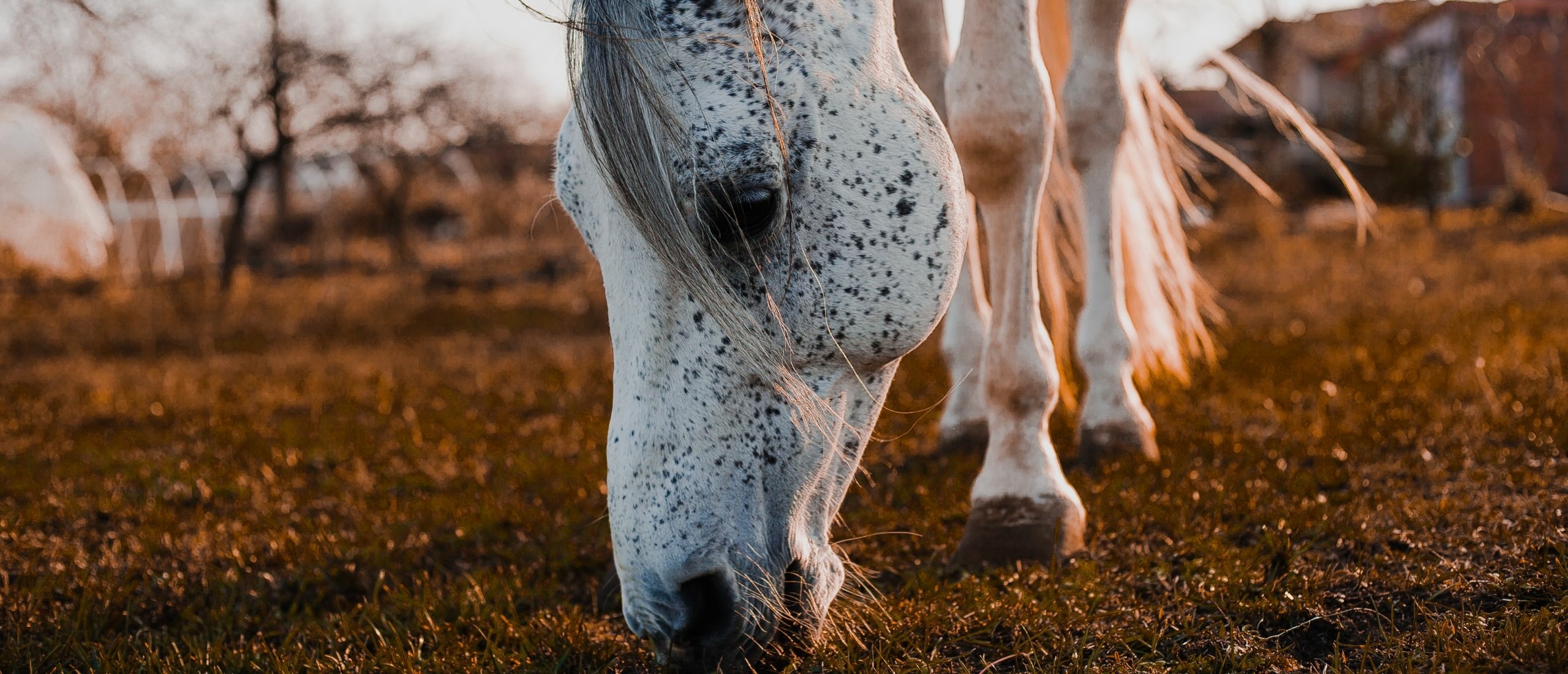
Arthritis
Frequently asked questions about Straightness Training are:
- My horse has arthritis / osteo-arthrisis / osteoarthritis (OA). Can I do Straightness Training?
or
- My horse is arthritic. Can Straightness Training help?
Before I’ll give you an answer to this questions, let’s first dive into:
What is arthritis?
Arthritis is a common condition that affect older horses. Although some younger horses are diagnosed with arthritis, just like humans, many develop the progressive condition over time.
Arthritis means a physical change showing up in joints. which can cause pain and therefore lameness.
It is a degeneration of the articular surfaces of the joint caused by inflammation.
Chronic inflammation has led to permanent degradation of the cartilage in a horse’s joints.
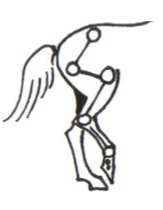
The joints most often affected by arthritis include the
- knee,
- hock,
- fetlock,
- pastern,
- coffin.
What are the symptoms?
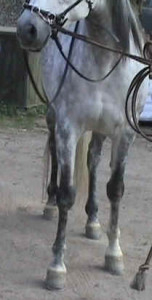 Arthritis is an unwelcome diagnosis for any horse, and the main symptoms are:
Arthritis is an unwelcome diagnosis for any horse, and the main symptoms are:
- Stiffness
- Pain
- Shortening of strides
- Lameness
- Joint swelling
- Warmth/heat
- Unwillingness
How can you help your arthritic horse?
While there is no cure for arthritis, there are several ways to keep the condition under control and to keep the horse more comfortable:
- A healthy weight (additional pounds place more stress on joints)
- A good diet
- Properly trimmed feet
- Teamwork with your veterinarian
- Turnout in the paddock/pasture
- Keep moving
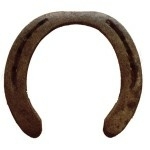 So besides careful management – where each horse’s exact needs will vary, depending on the severity of his condition – it’s important to keep your horse moving!
So besides careful management – where each horse’s exact needs will vary, depending on the severity of his condition – it’s important to keep your horse moving!
It’s the same advice humans with arthritis are given: keep moving. Because as we age, we lose muscular strength, bone density, and flexibility, and in the Netherlands we have a saying that says “rust roest” which means “rest rusts“; A non-used shoe gets rusty, so it means that when an older person doesn’t move and mainly rests, and stays in the same position for long periods, s/he ends up stiff and “rusty”.
So it’s important that the horse stays active and to keep him mobile. So gymnastic exercises are beneficial for managing arthritis, and exercises are essential for healthy joints in the first place.
How can Straightness Training help your horse?
Straightness Training exercises are good for older and arthritic horses:
- to activate the stronger parts of the horse’s body (muscles, tendons) to support the weaker parts (joints)
- to strengthen the muscles to stabilize the joints
- to strengthen the ligmanents between bones
- to stimulate cartilage to become stronger
- to stimulate the production of synovial fluid in the joints
- to nourish the joint with fresh synovial joint fluid (when the joint is not bearing weight)
- to clean the joint and to remove damaging waste products (when the joint is bearing weight and the joint fluid is compressed out of the cartilage)
- to reduce stiffness and to increase suppleness
11 Guidelines on how to train your arthritic horse
Pay close attention to how your horse feels and make the necessary adjustments in your training to ensure that your arthritic horse stays happy, fit, healthy and sound.
Here are some guidelines to keep your arthritic horse going:
- #1: Team up with your veterinarian to determine the best exercise program for your horse.
- #2: Make sure to warm up long enough from the ground, before you start riding.
- #3: Stay in the comfort zone of your horse and train ‘light’ to avoid discomfort and injury.
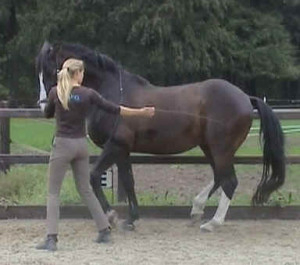
- #4: Adjust the keys of training to how your horse feels. There may be days when a simple LFS in walk will suffice. At ‘good’ days you might ask for some steps in collection in trot if your horse is familiar with that and has been educated to that level.
- #5: Adjust the training components to how your horse feels. There may be days when you only do the lateral movements (shoulder-in, haunches-in, renvers, and half pass) only from the ground and not ridden.
- #6: Adjust the exercises to how your horse feels. Use ST exercises to keep joints mobile while being careful not to overstress arthritic joints. Start any new exercise slowly and watch for signs of discomfort and for early indicators of a problem.
- #7: Adjust the gait to how your horse feels. At some days, only work him in walk, when he feels good, work him also in trot or even canter.
- #8: Adjust the transitions to how your horse feels. At some days decide to only do smooth progressive transitions (walk-trot, trot-canter), and skip the non-progressive ones (walk-canter) which ask for increased engagement.
- #9: To not stress the joints, avoid
– work at speed
– sharp turns and canter pirouettes
– exaggerated gaits and extended trot
– jumping
- #10: Keep training if possible!
- #11: Remember to check this article: 17 Tips to keep your senior horse fit and happy >>
Can Straightness Training help with other issues?
Straightness Training can also be of use and the ST exercises can be very beneficial to the horse, when the horse has one of the following conditions:
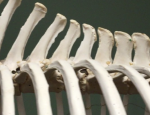
- Navicular disease
- (Bridle) lameness
- Bog spavin
- Back pain
- Kissing Spine
- Head shaking
- Wobbler syndrome
Work with your veterinarian to determine the best exercise program for your horse.
Did the vets gave up on your horse?
When all possible causes of your problems are considered and specialists such as veterinarians, dentists and others do not offer a solution, natural asymmetry might be considered as the cause of the problems of your horse.
Straightness Training can help you with developing your horse symmetrically in body and limbs and with keeping your horse supple, mobile, fit, healthy and sound.
My free training will give you a good impression of Straightness Training, so you can decide if this is the right approach for you and your horse!

